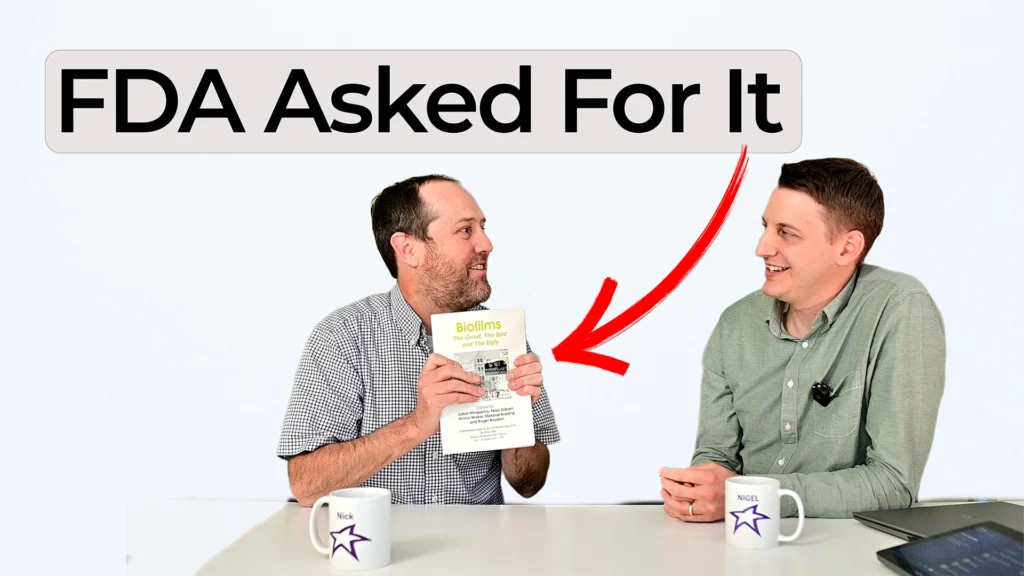
Translating Emotion into Empathetic Medical Design
What does empathetic medical design really look like in practice? In this episode of Before the Build, Eric and Paul discuss how emotional insight from field research can profoundly impact the design of medical devices, especially when patients are facing some of the hardest moments of their lives.
Paul shares a story from a nuclear medicine facility where radioactive treatments create high-stakes challenges—not just for patients, but for the teams supporting them. From seemingly humorous anecdotes to fleeting moments of deep emotional connection, this episode unpacks how thoughtful field research leads to human-centered, practical improvements in device design.
Observing Patients Means Understanding People
The conversation explores how true empathy requires stepping into the patient’s world—literally. Field research often leads into hospital closets, nuclear medicine wings, and emotionally charged environments. These are the places where designers can truly understand the needs, fears, and limitations patients face every day.
In one striking moment, Paul describes locking eyes with a patient mid-infusion—capturing a mix of hope, fear, and vulnerability. It’s a reminder that good medical design isn’t just about performance or compliance; it’s about preserving dignity and simplifying care.
Why Empathy Drives Better Outcomes
Ultimately, empathetic medical design leads to better adoption, stronger clinician satisfaction, and more effective treatment workflows. When design accounts for emotional and practical realities—not just functional specs—it supports both patients and care providers in meaningful ways.
Enjoying Before the Build? Sign up to get new episodes sent to your inbox.
Related Resources

Every MedTech startup begins with a hypothesis, an idea that could transform patient outcomes, simplify delivery of care, or improve how clinicians diagnose and treat patients.

When Ariana Wilson and Mark Drlik take apart a common appliance, they uncover engineering principles that connect directly to medtech.

When reviewing evidence for a medical device, a single citation can shape an entire submission. In this Bio Break episode, Nick shares a biofilm referencing lesson that has stayed with him since the early 2000s.

Every phase of a device’s life cycle involves different people with distinct needs—from clinicians and patients to service technicians and regulatory bodies.
